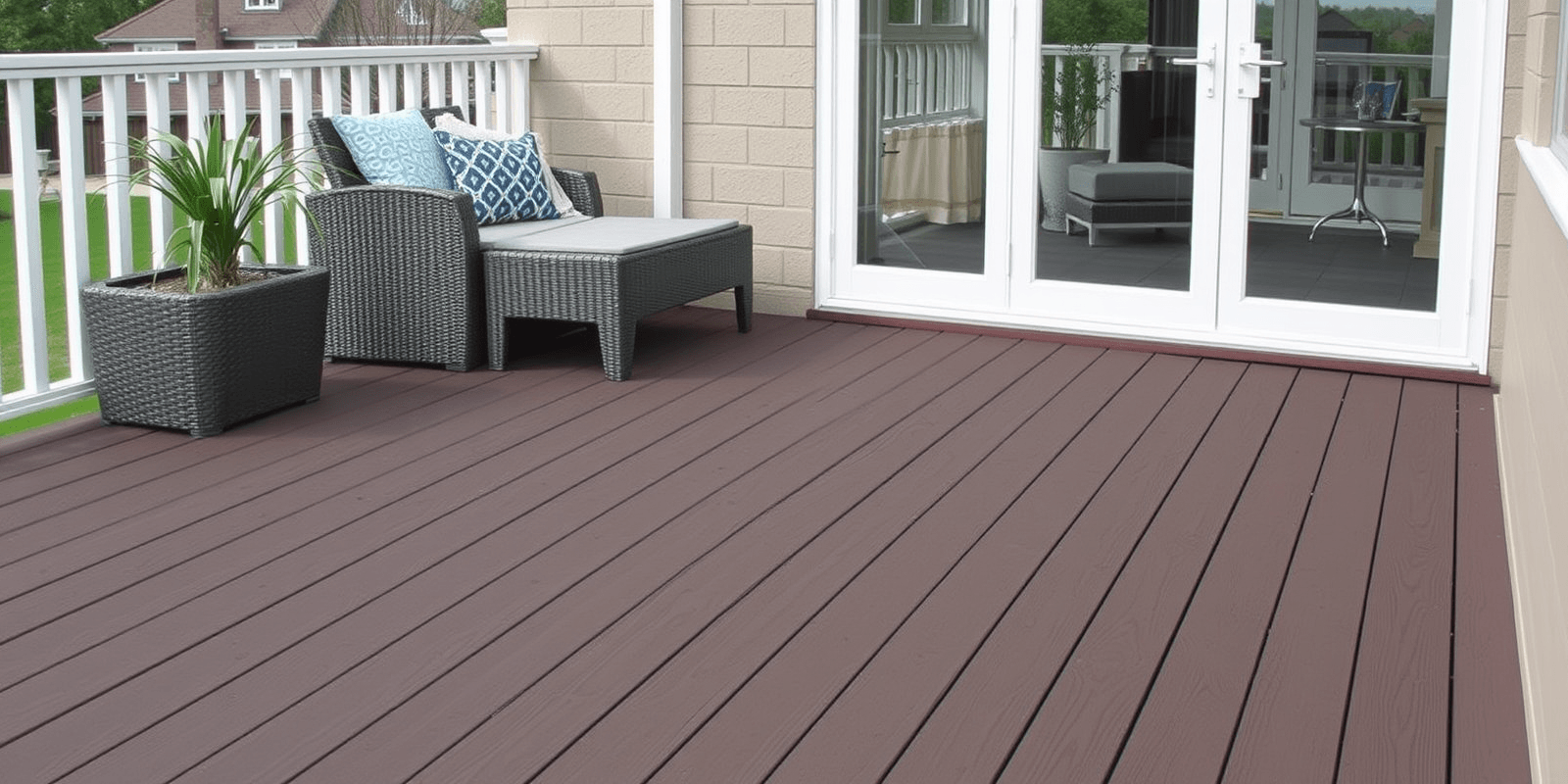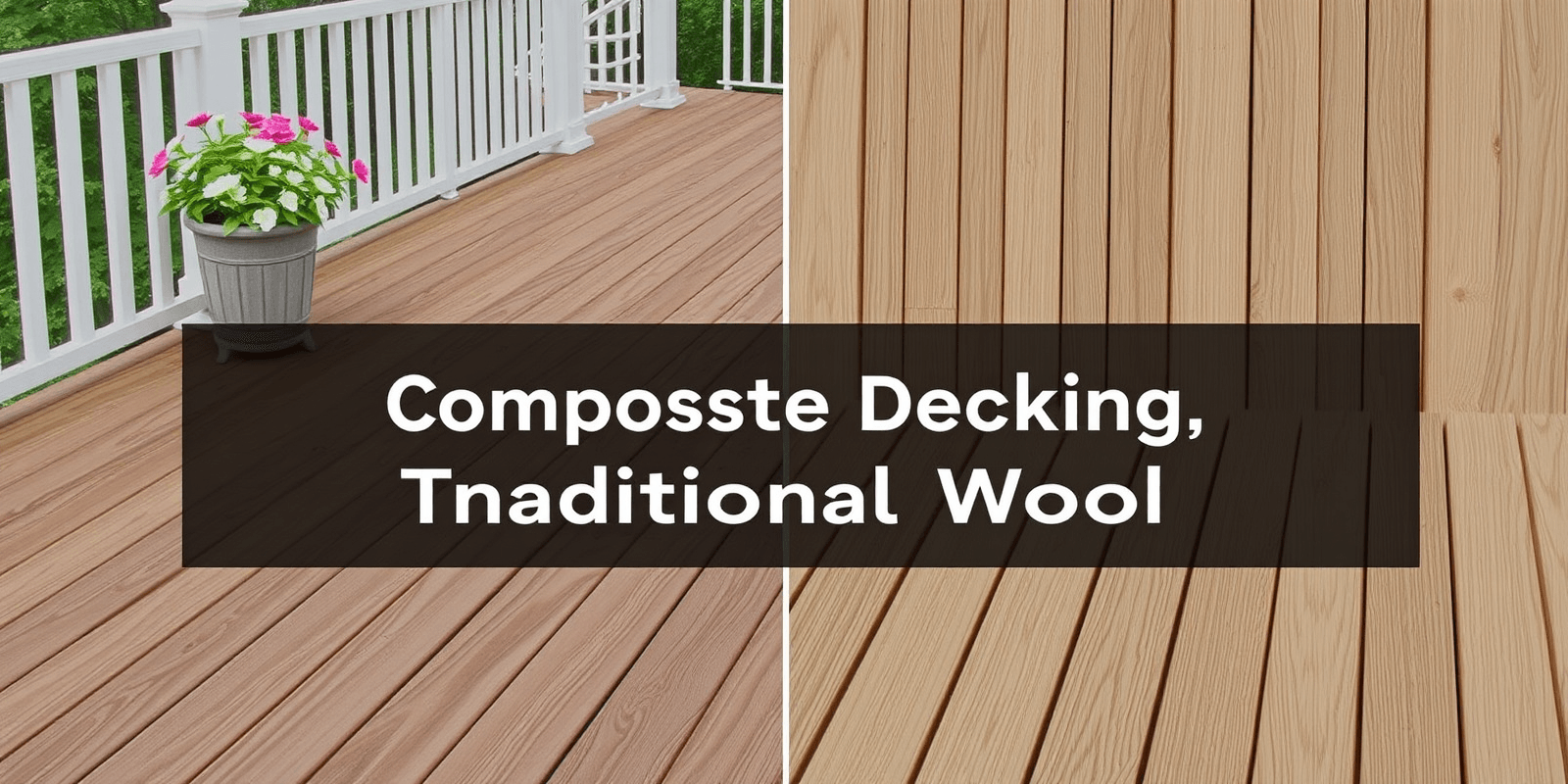Eco-Friendly Choices: Composite Wood Decking Material Explained
Introduction
In recent years, there has been a growing awareness of the need for environmentally friendly choices in home improvement projects. One such choice is composite wood decking material, which offers a sustainable alternative to traditional natural wood decking. This article delves into the environmental benefits of choosing composite wood decking, focusing on its sustainable manufacturing process, recyclability, and contribution to reducing deforestation.
The Environmental Benefits of Composite Wood Decking
Composite wood decking materials are manufactured from a combination of recycled plastic and wood fibers, creating a durable and low-maintenance product that can last up to three times longer than natural wood decks. The use of recycled materials in the production process significantly reduces the demand for virgin wood, thereby contributing to the preservation of forests and reducing deforestation. Additionally, the manufacturing process of composite wood decking uses less energy and produces fewer greenhouse gas emissions compared to the production of natural wood decking, making it an eco-friendly option for homeowners.
Sustainable Manufacturing Process
The manufacturing process of composite wood decking materials involves the use of recycled plastic and wood fibers, which are mixed with bonding agents and pressed into boards. This process results in a highly durable product that requires minimal maintenance and resists warping, rotting, and insect damage. The use of recycled materials in the production process not only reduces waste but also conserves resources by minimizing the need for new raw materials. Moreover, the manufacturing process of composite wood decking materials uses less water and energy compared to the production of natural wood decking, further reducing the carbon footprint of the product.
Recyclability
Another significant advantage of composite wood decking materials is their recyclability. Unlike natural wood, which can only be reused as mulch or compost, composite wood decking materials can be recycled at the end of their life cycle. Many manufacturers offer recycling programs that allow consumers to return their old composite decking boards for processing into new products. This closed-loop system ensures that the materials remain in use, reducing waste and conserving resources.
Reducing Deforestation
The use of composite wood decking materials can significantly reduce the demand for virgin wood, thereby contributing to the preservation of forests and reducing deforestation. According to the World Wildlife Fund (WWF), the global demand for wood products is increasing, leading to widespread deforestation and habitat destruction. By choosing composite wood decking materials, homeowners can help reduce the demand for virgin wood and contribute to the conservation of forests.
Conclusion
Composite wood decking materials offer a sustainable alternative to traditional natural wood decking, providing numerous environmental benefits. From its sustainable manufacturing process to its recyclability and contribution to reducing deforestation, composite wood decking materials represent a responsible choice for homeowners looking to minimize their environmental impact. As awareness of the importance of sustainability continues to grow, composite wood decking materials will likely become an increasingly popular choice for home improvement projects.



